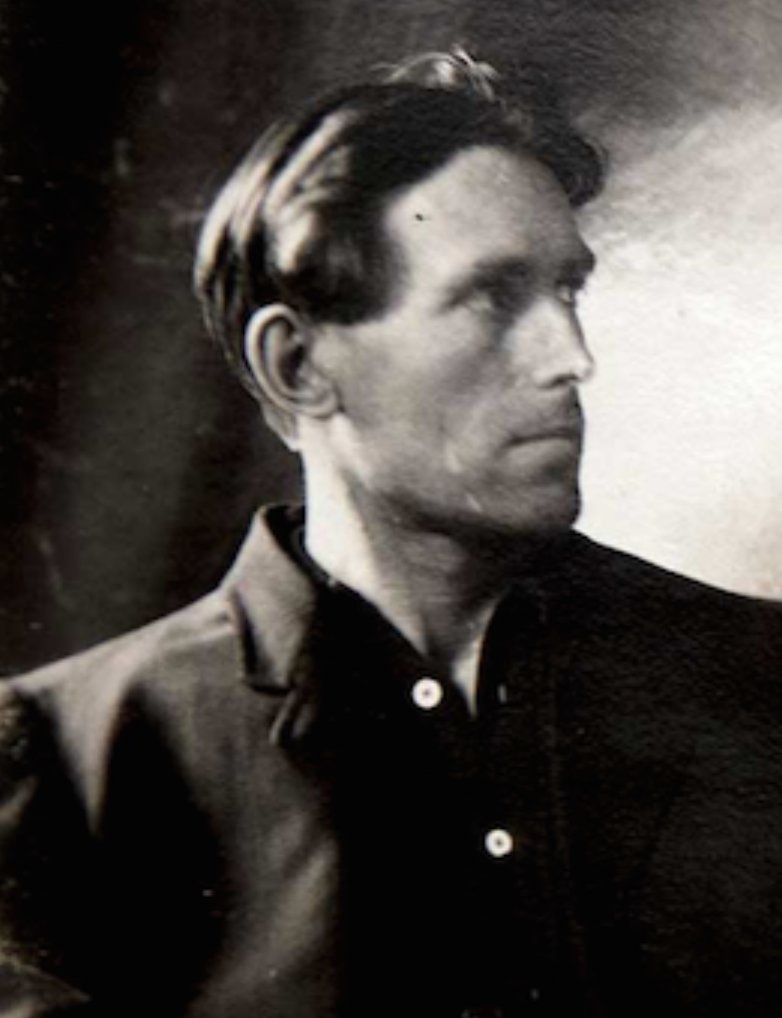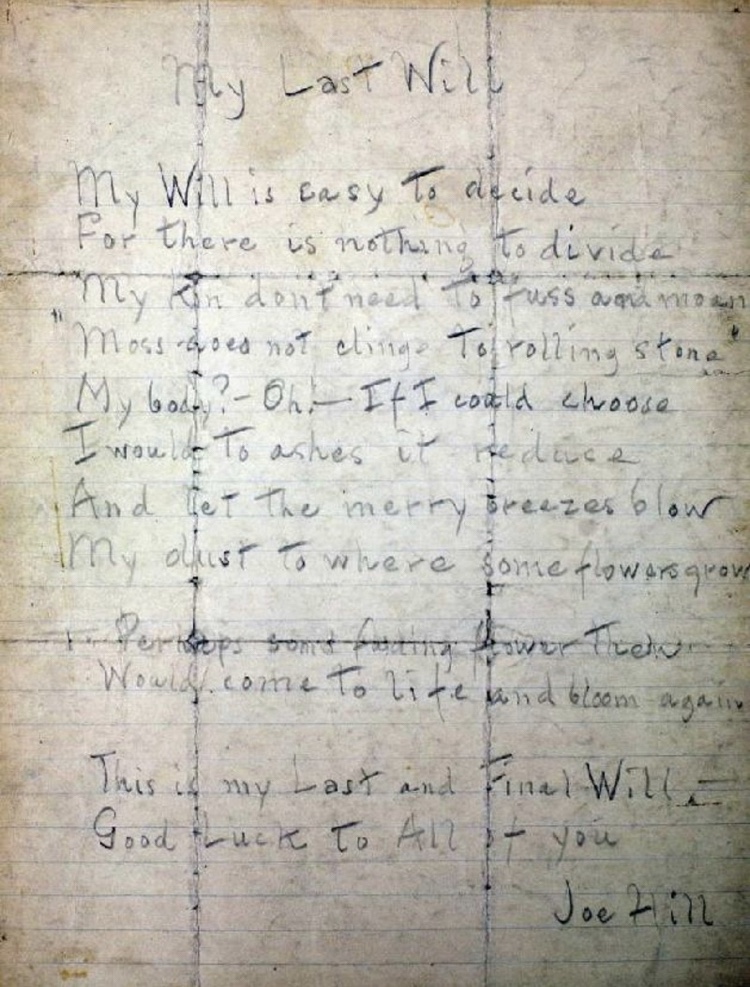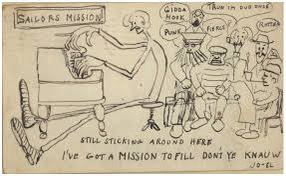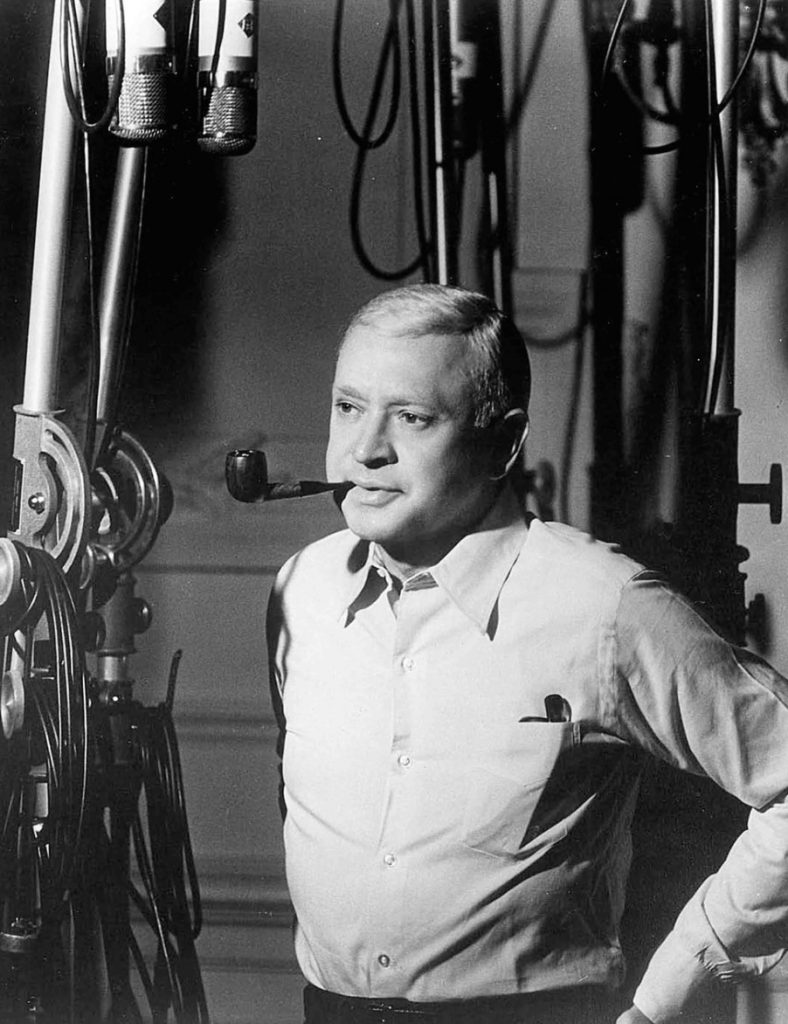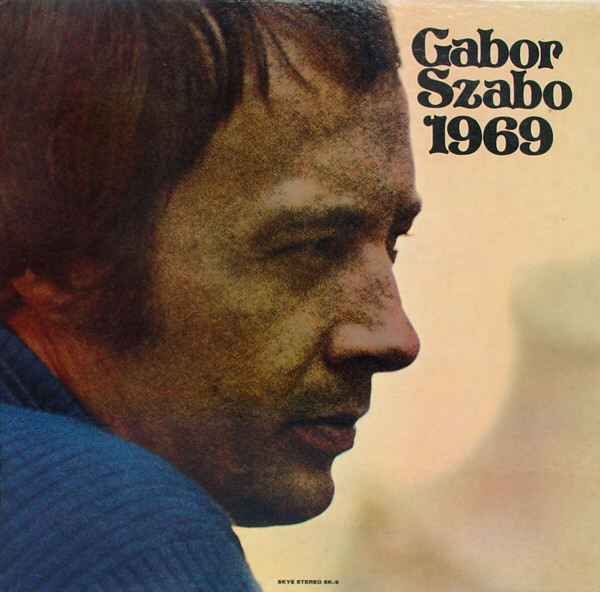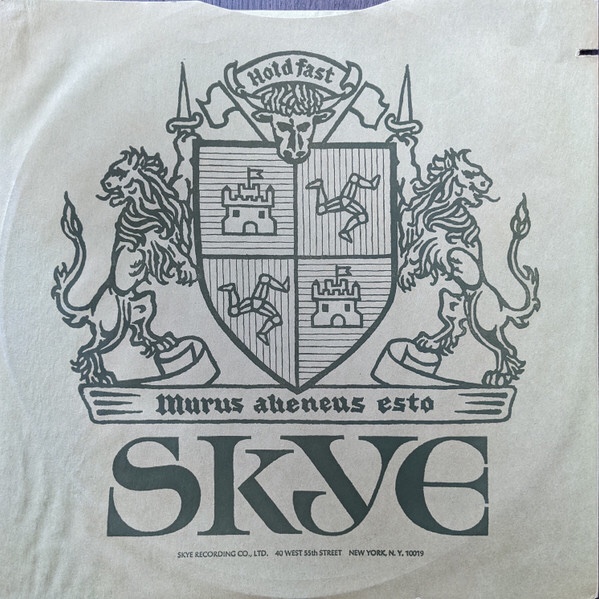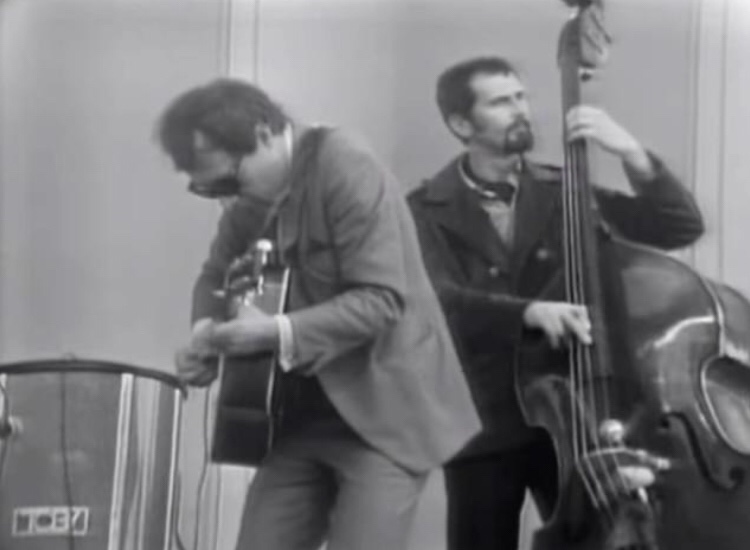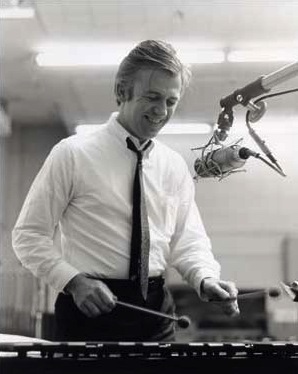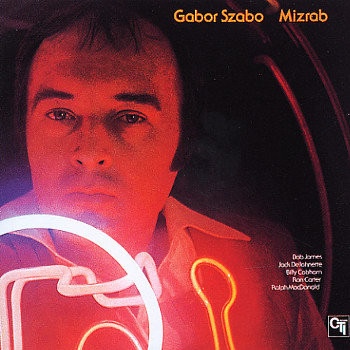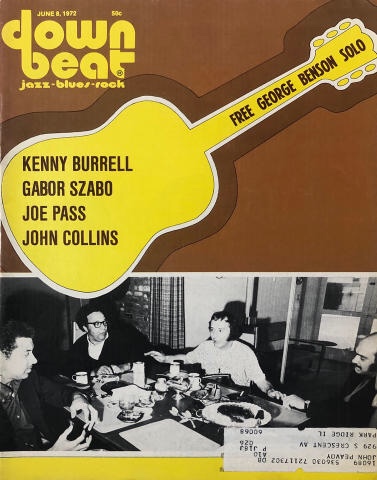
I grew up with J. J. Cale’s Naturally. It was in my parents’ record collection. And I always loved it. One of the first covers I ever attempted, in my early teens, was the song Magnolia, from this superb album.
We also had a few Clapton discs, including both Slowhand and 461 Ocean Boulevard. Fantastic albums! Slowhand is interesting because it features two covers by other artist that are both superb in their original versions, by their composers – J. J. Cale’s Cocaine, and John Martyn’s May You Never – and none too shabby in Clapton’s readings. And in both cases Clapton’s versions helped make the original songwriters a little better known.

If you want to hang out,
You've got to take her out, cocaine
If you want to get down,
Get down on the ground, cocaine
She don't lie,
She don't lie,
She don't lie, cocaine
If you got bad news,
You want to kick them blues, cocaine
When your day is done
And you want to run, cocaine
She don't lie,
She don't lie,
She don't lie, cocaine
If your thing is gone
And you want to ride on, cocaine
Don't forget this fact,
You can't get it back, cocaine
She don't lie,
She don't lie,
She don't lie, cocaine
She don't lie,
She don't lie,
She don't lie, cocaine
What do I want to say about this song? Well, first off, I love both versions. Cale’s is more personal, with his unique ‘home studio’ vibe. Clapton’s benefits from the sublime drumming of Jamie Oldaker, whose buttery smooth press rolls lend the song a whole new feel.
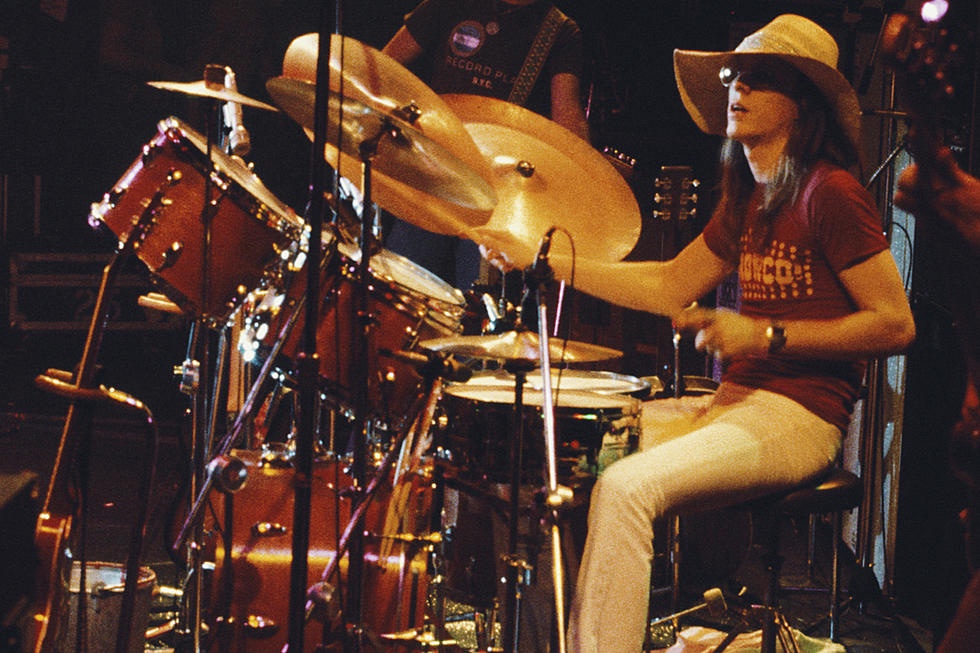
Also, and perhaps more controversially, I love the ambivalence of the lyrics, and their stance re the titular drug. On the Wiki page on the song Clapton says it’s a clever anti drug song. I think he’s being a bit disingenuous!
The line ‘Don’t forget this fact, you can’t get it back’ is the only cautionary caveat to what is otherwise a fairly clearly pro-cocaine line, so to speak. But it has to be admitted, as the last statement before the recurring refrain ‘she don’t lie, she don’t lie, she don’t lie’, it does subtly and cleverfully skew the up until then positive perspective.
Of all the drugs I tried in my, um… what shall we call them… wasted years? It was the only one I have no bad memories of. All the others turned from happy highs to depressing downers. But cocaine was, for me, always pure fun.*
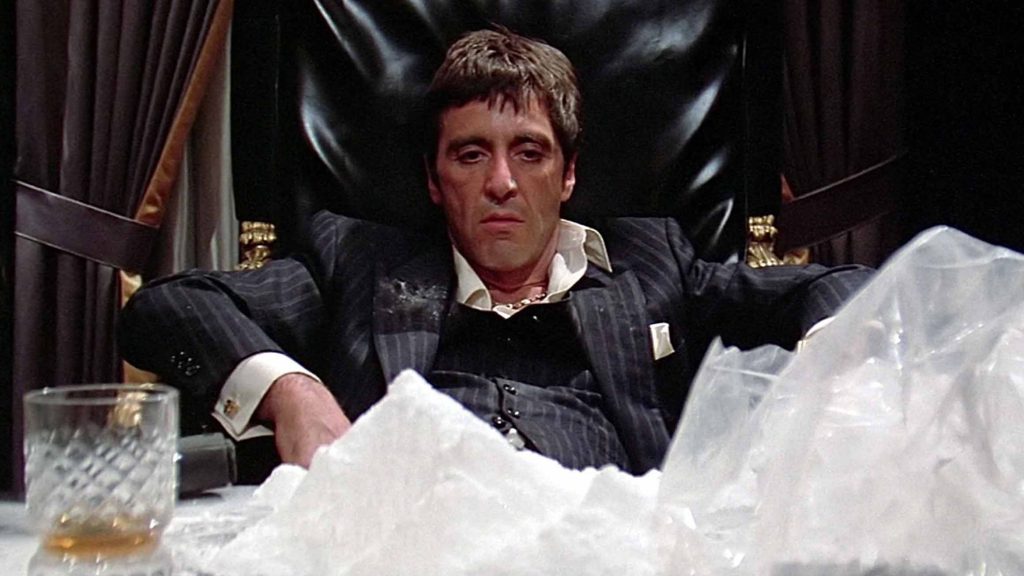
Maybe it was just that I didn’t take it in the quantities rock stars and Tony Montana types did? I did that instead with weed. And that soured the experience. But, whatever, as they say these days, for some reason this song is resonating with me right now.
I think it’s high time – sorry, can’t he’p maself – I both transcribe and learn the Oldaker drum part. It’d be a great tune to teach in my drum lessons.
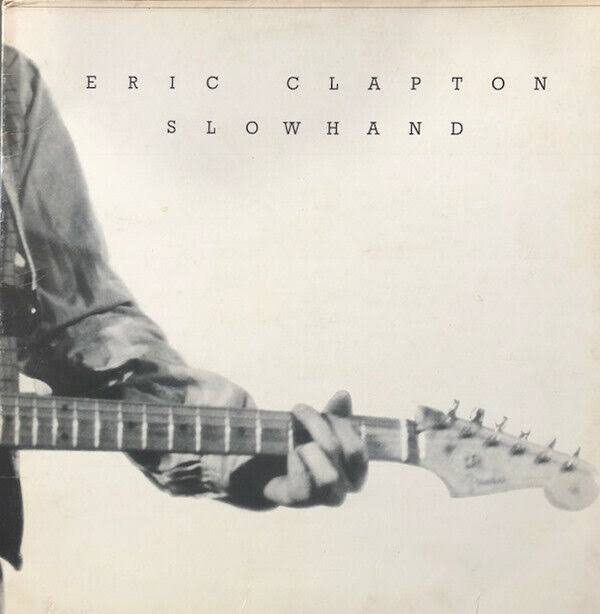
* I’m not advocating it’s use, by the way. Merely relating past experience. One of the strongest objections to its use – quite apart from the well documented hazards for users – is that it inevitably supports the brutally exploitative international narcotics trade.

